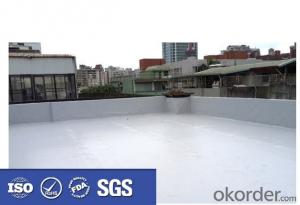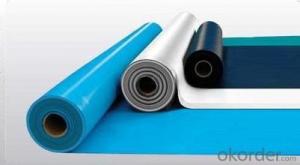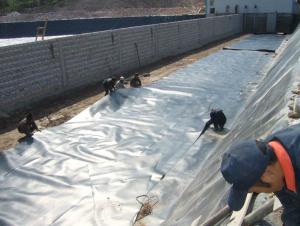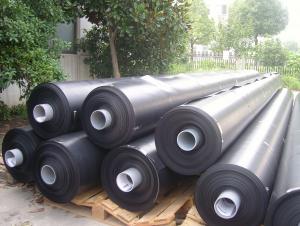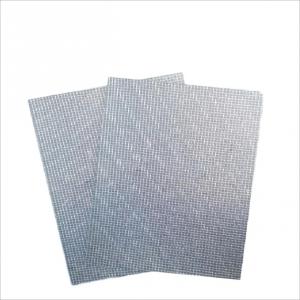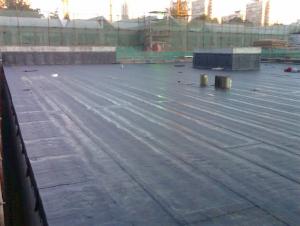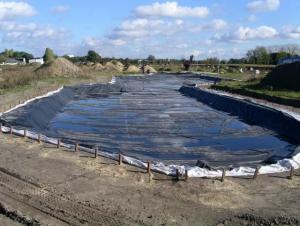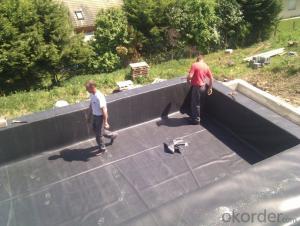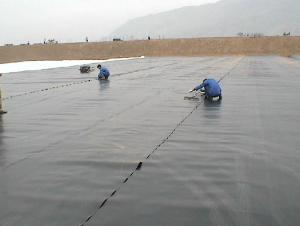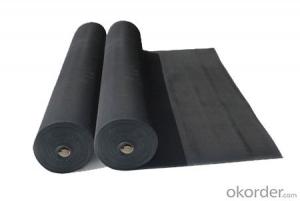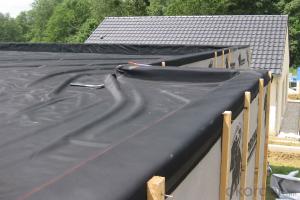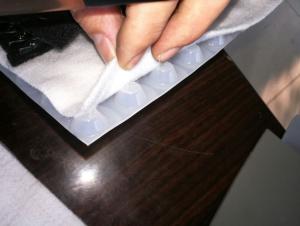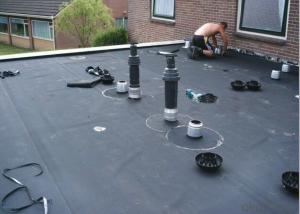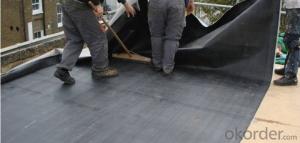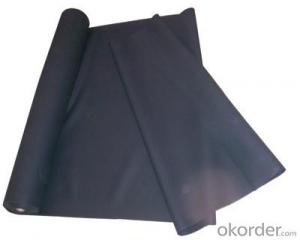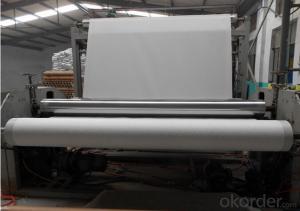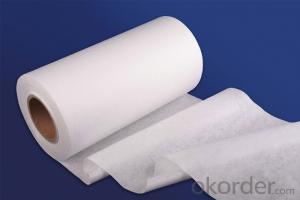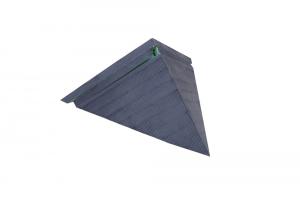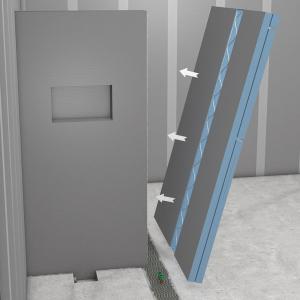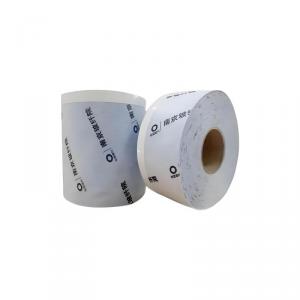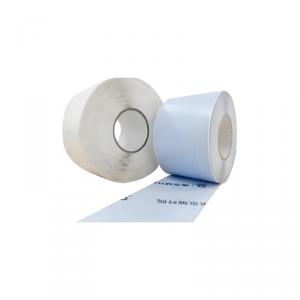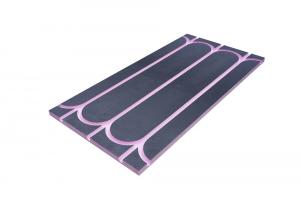Dimpled Foundation Membrane
Dimpled Foundation Membrane Related Searches
Textured Geomembrane Bitumen Roofing Membrane Liquid Rubber Membrane Geocomposite Membrane Reinforced Geomembrane Permeable Geomembrane Terram Geotextile Membrane Prefabricated Geomembrane Landfill Geomembrane Prefabricated Geomembranes Geomembrane Thickness Geomembrane Factory Geomembrane Landfill Geomembrane Machine Bitumen Geomembrane Geomembrane Fabric Layfield Geomembrane Coletanche Geomembrane Pre-Seamed Geomembranes Impervious Geomembrane Impermeable Geomembranes Geomembrane Cover Firestone Epdm Geomembrane Firestone Geomembrane Conductive Geomembrane Sulphonated Melamine Formaldehyde Composite Geomembrane Welding Geomembrane Geomembrane Containment Geomembrane FilmDimpled Foundation Membrane Supplier & Manufacturer from China
Dimpled Foundation Membrane is a type of geosynthetic material designed to provide drainage and load distribution in various construction projects. It is made up of a high-density polyethylene (HDPE) or polypropylene (PP) material that features a series of raised dimples or protrusions on one or both sides. These dimples help to create channels for water to flow through, making the membrane an effective solution for waterproofing and drainage in applications such as roads, tunnels, and landfills.Dimpled Foundation Membrane is widely used in civil engineering projects, particularly in areas where water management and soil stabilization are crucial. It can be applied in various scenarios, including road construction, where it helps to prevent water from seeping into the subgrade, thereby reducing the risk of pavement damage. In landfills, it serves as a drainage layer to manage leachate collection and prevent groundwater contamination. Additionally, it is used in tunnel construction to facilitate water drainage and support the surrounding soil, ensuring the structural integrity of the tunnel.
Okorder.com is a reputable wholesale supplier of Dimpled Foundation Membrane, offering a vast inventory to cater to the needs of various industries. With their extensive range of products, they provide customers with the flexibility to choose the most suitable membrane for their specific project requirements. By partnering with Okorder.com, customers can benefit from competitive prices, prompt delivery, and reliable customer support, ensuring a seamless purchasing experience for their Dimpled Foundation Membrane needs.
Hot Products


